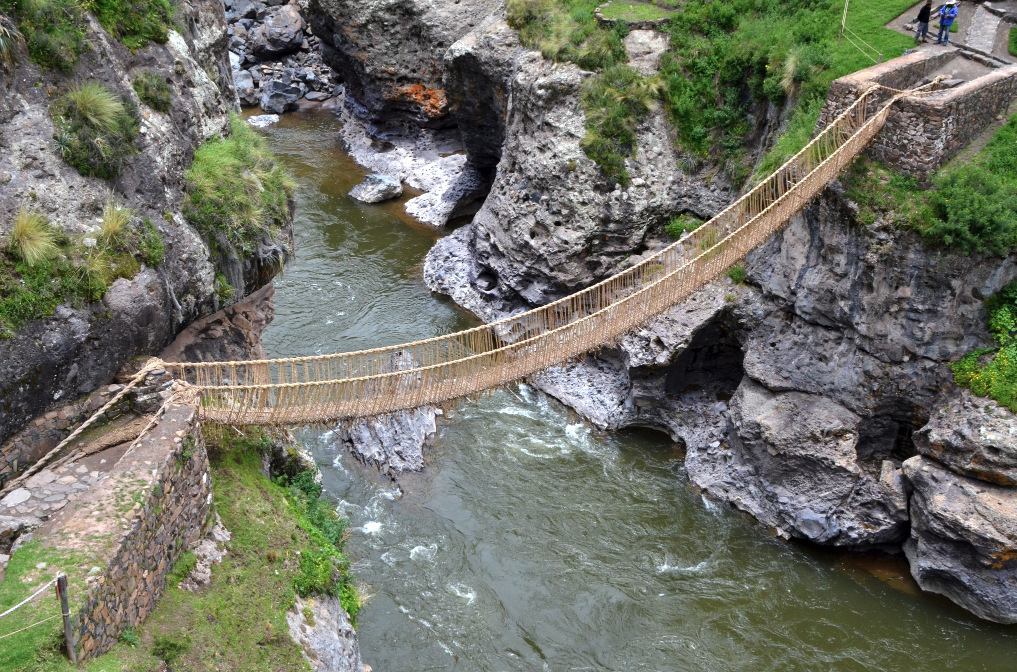Who Were the Hoplites?
Hoplites were the backbone of Ancient Greek armies, serving as heavily armed infantry soldiers. They emerged around the 7th century BCE and remained central to Greek military strategy for centuries. Unlike warriors who relied solely on individual skill, hoplites fought as part of a disciplined, coordinated unit.
Training and Discipline
Hoplites trained rigorously from a young age. Physical fitness, stamina, and mastery of weapons were essential. They learned to fight shoulder-to-shoulder with comrades, emphasizing teamwork over personal glory. This training ensured that every soldier could maintain formation and respond to commands under the chaos of battle.
Armor and Weapons
A hoplite’s armor was designed for protection and mobility. It included a helmet, breastplate, greaves, and a large round shield called an aspis or hoplon. Their primary weapon was a long spear, supported by a short sword for close combat. The shield not only protected the individual but also linked them with their neighbor in the phalanx, creating a wall of overlapping defense.
Battle Tactics and Strategy
Hoplites fought in a formation called the phalanx, a tight rectangle of soldiers advancing as one unit. Success depended on discipline, cohesion, and endurance. This approach revolutionized Greek warfare, allowing relatively small city-states to defend against larger forces effectively. Hoplites were also symbols of civic duty, often serving their city-state in both military and political capacities.
Legacy
The hoplite system influenced military strategies for centuries and inspired later armies around the Mediterranean. It highlights the importance of collective effort, discipline, and preparation, principles that remain relevant in both historical study and military theory today.







